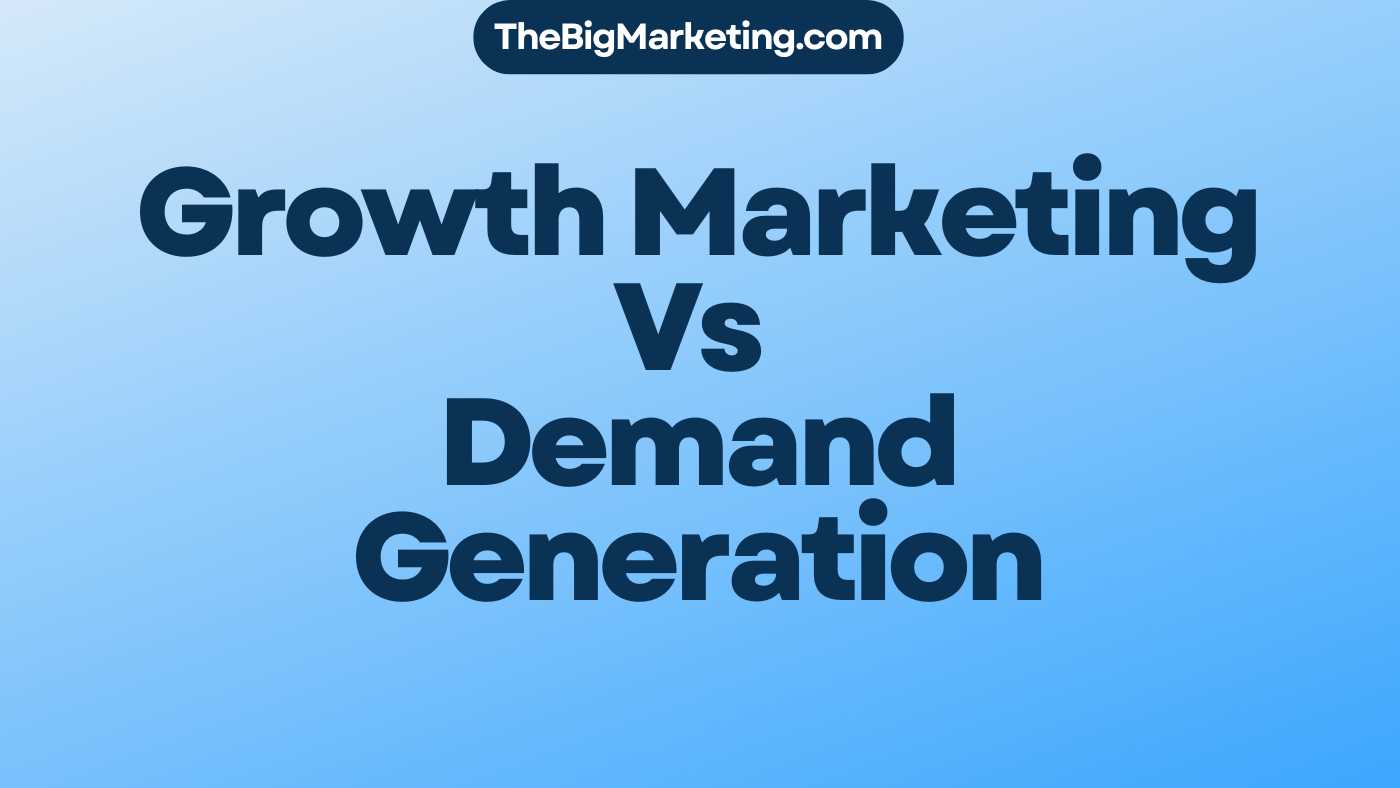STP marketing stands for Segmentation, Targeting, and Positioning. It’s a big idea in today’s marketing world. It means dividing your customers into smaller groups. This allows for more specific marketing plans crafted for certain audiences. Since personalized marketing impacts buying decisions, this method is influential.
By using the STP model, businesses understand their perfect customers better. They can then adapt their marketing to fit these groups. This model includes three key steps: segmentation, targeting, and positioning. Each plays a crucial role in reaching the right people in the right way.
Key Takeaways:
- STP marketing is a fundamental concept in modern marketing that involves segmentation, targeting, and positioning.
- Segmentation is the process of breaking down the customer base into smaller segments based on criteria such as demographics, behavior, psychographics, and geography.
- Targeting focuses on determining which segments are most likely to generate desired conversions.
- Positioning allows businesses to set their products or services apart from competitors by emphasizing factors such as symbolic positioning, functional positioning, and experiential positioning.
- Implementing an STP marketing strategy enables businesses to create personalized marketing strategies and drive conversions and revenue.
What is STP Marketing?
STP marketing stands for segmentation, targeting, and positioning. It’s about looking at your products or services. Then, finding the best way to talk about them to different kinds of customers. You split your customers into smaller groups. These groups are based on things like what they like, where they live, and more. This way, you create special marketing plans for each group. STP marketing moves the focus from what you’re selling to who you’re selling to. It’s all about getting to know your perfect customers and how to reach them.
Segmentation:
Segmentation splits your customer base into smaller, easier-to-handle groups. These groups are formed by looking at different things. It could be who the customers are, how they act, what they like, or where they live. By doing this, businesses can understand what each group needs and wants. They can see what makes them buy things.
Targeting:
After identifying the segments, it’s time to pick which ones to focus on. This is targeting. It’s about choosing the groups that make the most sense for your business. You look at how big the group is, how much it might grow, how much money you could make, and if it matches what you can do. This way, you can make marketing that really speaks to what these customers want.
Positioning:
The final step is positioning. Here, you make your products or services stand out in the minds of your chosen customers. You point out what’s special about what you’re offering. This makes customers think of you differently than they do about your competitors. Good positioning helps you create a strong brand, stand out, and show the value you offer to your customers.
Using STP marketing means moving from a broad, one-size-fits-all approach to a more focused, personal touch. This helps you understand what your customers really want. So, you can make your marketing better for them. This leads to loyal customers, happier customers, and more sales. STP marketing is about sending the right message, to the right people, at the right time. It’s a powerful tool in today’s market, where knowing and serving your customer is key.
Benefits of STP Marketing
STP marketing turns shopping into a personal experience by focusing on what customers want. It beats traditional marketing by using research and innovative products. This way, businesses can craft marketing that really speaks to their ideal customers. Let’s look at why STP marketing shines:
1. Personalized Shopping Experience
STP marketing gives each customer a unique shopping journey. Businesses learn what each group of customers likes. Then, they make marketing campaigns that hit right at the heart of what these customers desire. This makes customers more engaged, loyal, and happy.
2. Customer-Focused Marketing
STP marketing cares about what the customer needs, not just the product. It helps businesses get to know their customers deeply. This makes it easier to create messages that meet customers’ needs. As a result, more customers stick around and buy things.
3. Effective Market Research
Good market research is key in STP marketing. It helps businesses get to know their different customer groups. With these insights, companies can make smart choices about their products and how they sell them. They stay current with trends and what people want.
4. Enhanced Product Innovation
STP marketing drives companies to create new and better products for their customers. By understanding each group’s needs, they can make products that truly make a difference. This approach strengthens bonds with customers, sets businesses apart, and gives them an edge over competitors.
In sum, STP marketing lets businesses create marketing that’s all about the customer. This approach leads to better market research and product innovation. By knowing exactly who they’re speaking to, companies can run campaigns that really matter to their customers and grow their business as a result.
The STP Formula
The STP formula means Segmentation + Targeting Equals Positioning. It shows the three main steps in the STP marketing model. Every step is vital in creating a marketing plan that hits home with the audience.
Segmentation
Segmentation is step one in the STP marketing model. Here, companies split their customer base into smaller segments. They use criteria like where people live, their age, habits, and attitudes. By knowing each segment’s unique traits and needs, companies can make targeted marketing strategies. This leads to better resource use and messages that reach the right people.
Effective segmentation lets companies send custom messages to the right audience. This increases efficiency and satisfies customers more.
Targeting
After identifying the segments, companies move to the targeting phase. They look at each segment’s features to see which ones could lead to the best outcomes. They consider things like segment size, how profitable it can be, and if it’s easy to reach. Targeting the most promising segments helps businesses focus their marketing. This way, they get the most out of their investment.
Positioning
The last step is positioning. It’s about setting a product or service apart from the competition. This makes it stand out to the target audience. Companies can do this by highlighting what makes their brand special, the benefits of their products, and the emotional connections they offer. This tailored approach makes customers see their product or service as the best option.
This approach needs custom positioning and marketing for each segment. By mixing the three parts of the STP formula well, companies can create marketing plans that really speak to their audience.
How to Build an STP Marketing Strategy
Creating a solid STP marketing strategy involves careful planning. It includes looking at market segmentation, target market, product positioning, and marketing mix. By doing this systematically, companies can create strategies to connect with their desired customers.
Evaluate Market Opportunity
The first step is to evaluate the market opportunity. This means figuring out your Total Available Market (TAM), Serviceable Available Market (SAM), and Serviceable Obtainable Market (SOM). Knowing the market size helps you focus on a specific part.
Segment Your Market
Market segmentation is key for effective STP marketing. It splits your target market into segments based on things like demographics and behavior. This way, companies can make marketing strategies that really speak to their customers.
Develop Product Positioning
Product positioning creates a unique image for your products in customers’ minds. To do this well, you need to know what each segment needs. Highlighting what makes your product special can help you stand out.
Create a Tailored Marketing Mix
The marketing mix includes product, price, promotion, and place. After identifying your segments and product positioning, you must tailor your marketing mix to match. Picking the right product features, prices, promotion tactics, and distribution channels is crucial.
By taking these steps and weaving them into your overall strategy, you can develop a strong STP marketing strategy. Always keep an eye on the market and listen to customer feedback to keep improving your strategy.
Real-Life Example: The Cola Wars
The Cola Wars between Pepsi-Cola and Coca-Cola are a famous example of STP marketing. In the 1980s, Pepsi targeted specific audiences using market segmentation. They used an approach based on attitude and loyalty, dividing the market into three: consumers loyal to Coca-Cola, those loyal to Pepsi, and switchers.
Pepsi saw a big opportunity in consumers who liked both brands. They aimed to make these customers prefer Pepsi over Coca-Cola. They positioned themselves as a choice different from Coca-Cola to attract these consumers.
Pepsi’s marketing focused on this group. They ran ads that showed why Pepsi was a better choice than Coca-Cola. They talked up Pepsi’s taste, look, and overall brand to stand out from Coca-Cola.
This smart marketing and positioning helped Pepsi grow its market share and take customers from Coca-Cola. The Cola Wars show how STP marketing can help a brand stand out in tough competition and appeal to a specific group of customers.
Comparison of Cola Wars Segmentation Strategy
| Brand | Target Segments | Positioning Strategy |
|---|---|---|
| Pepsi-Cola | – Consumers loyal to both brands – Consumers open to trying different cola options |
Positioning themselves as an alternative to Coca-Cola, emphasizing taste, packaging, and branding |
| Coca-Cola | – Consumers loyal to Coca-Cola | Positioning as the original, classic cola with a strong emotional connection and timeless appeal |
The Role of STP Marketing in Digital Communications
STP marketing is key in the digital world today, especially for marketing messages. It uses market segmentation, targeting, and positioning. This lets marketers send personal messages to the right people. This method makes sure messages click with consumers, which boosts involvement and sales.
There are many ways to use STP marketing online. A big plus of digital marketing is targeting based on what people are searching for. This means marketers can find those looking for specific goods or services. Facebook also allows targeting based on interests, which helps tailor messages to people interested in certain topics.
Email and website personalization are big tools for digital marketers. By dividing their customer list and customizing emails, businesses can send meaningful messages. Website personalization, like custom content and product suggestions, makes shopping better by giving each visitor what they’re likely to want.
STP marketing can also be used in making content that grabs attention. This could be blog posts, articles, videos, or interactive activities that are just right for certain customers. By making content that fits what certain groups want, businesses can draw in and keep the perfect customers. This leads to more loyalty and sales.
To win at STP marketing online, you must really understand who your customers are and what they like. Doing market research and analyzing data is essential. This helps segment the audience correctly and find the best way to position your message.
Benefits of STP Marketing in Digital Communications
Using STP marketing principles online has many benefits:
- Messages hit home and feel personal to the audience
- Better customer involvement and more sales
- Shopping feels better with custom content and suggestions
- Customers feel more loyal and stick around longer
- Marketing budgets are used more wisely through targeted messaging
In short, STP marketing lets businesses truly connect with their audience online. By breaking down segmentation, targeting, and positioning, marketers can send potent messages. These messages spark interest, bring in sales, and build lasting customer bonds.
| Channel | Targeting Opportunities | Benefits |
|---|---|---|
| Search Advertising | Target based on search intent and keywords | Reach consumers actively seeking specific products or services |
| Social Media Advertising | Interest-based targeting on platforms like Facebook | Deliver messages to individuals engaged with relevant topics |
| Email Marketing | Segmentation and personalization based on customer preferences and behaviors | Deliver highly tailored and impactful messages to individual subscribers |
| On-Site Personalization | Deliver dynamic content and personalized product recommendations | Enhance the customer experience with relevant and tailored offerings |
| Content Marketing | Create valuable and engaging content tailored to specific customer segments | Attract and engage ideal customers, driving brand loyalty and conversions |
Optimizing PPC Landing Pages for STP Marketing
Optimizing PPC landing pages is key for STP marketing success. Marketers analyze PPC data and understand customer groups. This helps in creating personalized landing pages for different audience segments. Such personalization improves conversion rates and makes marketing campaigns more effective.
For effective PPC landing page optimization in STP marketing, consider these best practices:
- Clear call-to-actions: Have a clear call-to-action (CTA). Make sure it motivates visitors to take action, like buying something, signing up, or downloading.
- Compelling headlines: Write headlines that grab attention. They should clearly show the value and interest your target audience.
- Relevant content: Your content should meet the specific needs of each audience segment. Show the benefits and address their concerns.
- Mobile responsiveness: Make sure your landing page works well on mobile devices. Many people use smartphones and tablets, so a smooth mobile experience is vital.
- A/B testing: Keep testing different landing page versions. Find the most effective elements to increase your conversion rate. Test things like headlines, images, and layouts.
By using these practices, businesses can make their STP marketing strategies more effective. They can improve their marketing return on investment (ROI). With optimized PPC landing pages, companies can offer a specialized experience to each audience segment. This leads to higher engagement and more conversions.
Example of a PPC Landing Page Optimization
Consider an online fashion retailer aiming at two segments: women 25-34 into casual wear and men 35-44 into formal wear.
| Audience Segment | Optimized Landing Page Elements |
|---|---|
| Women aged 25-34 interested in casual wear |
|
| Men aged 35-44 interested in formal attire |
|
With these optimizations, the retailer can offer personalized landing pages for each audience segment. This personalization improves user experience and conversion chances. It drives the STP marketing strategy’s success.
Conclusion
STP marketing is key in making marketing strategies that really hit the mark with certain target groups. By dividing the market, companies can see clear customer groups and shape their marketing to fit these groups. This leads to marketing that feels more personal and works better.
Strategic targeting and positioning help companies stand out, giving customers what they want and expect. This approach is effective in getting ahead of competitors.
To use STP marketing, thorough market research is needed first. Companies must figure out who their ideal customers are and how to serve them best. Segmentation, targeting, and positioning can lead to more sales and revenue. STP marketing is a crucial tool for businesses wanting to improve their marketing and succeed in the competitive market.
With STP marketing, companies can leave behind one-size-fits-all marketing strategies. They can create marketing that speaks directly to specific groups of customers. Understanding the unique needs and wants of these groups leads to better marketing campaigns. It helps businesses connect with their audience in a meaningful way. By using STP marketing, companies can outshine competitors and effectively reach their key customers.




